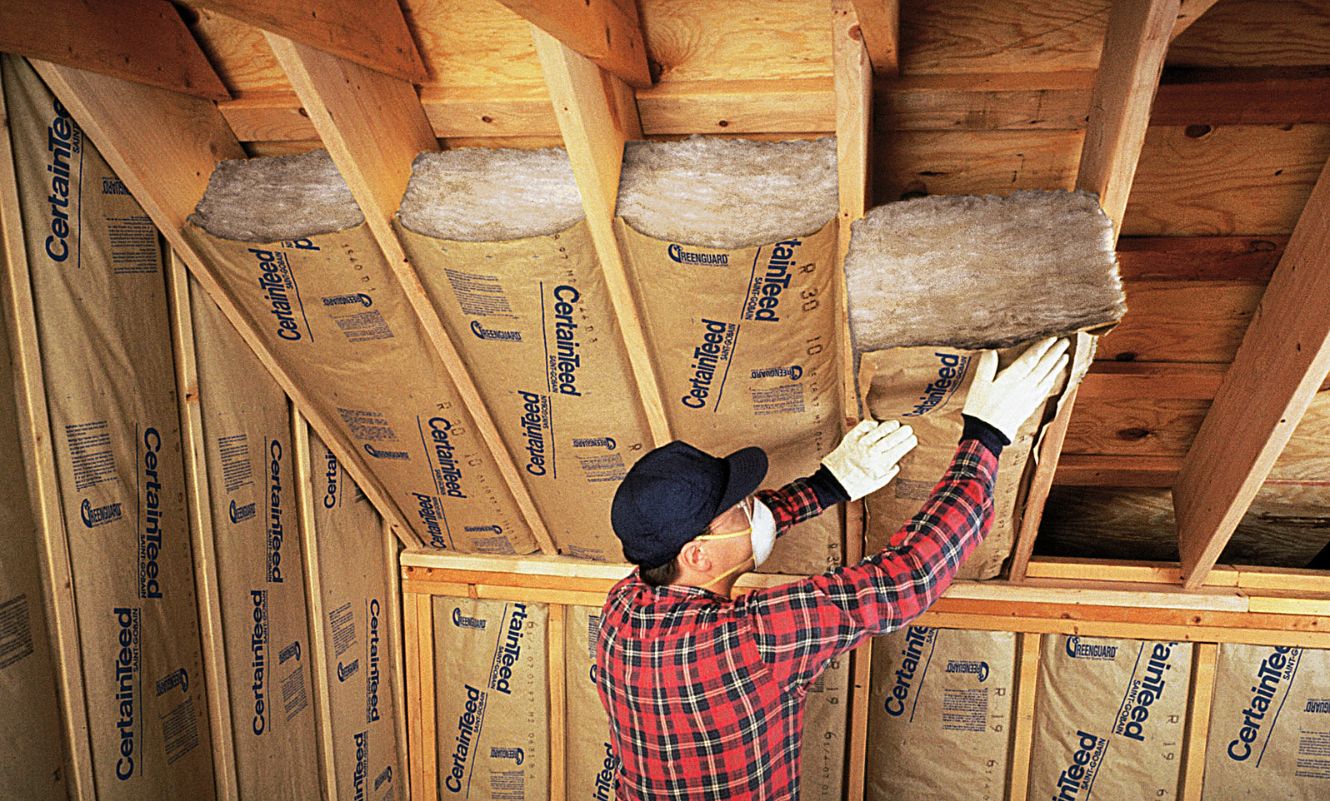

Articles
How Thick Is R-21 Insulation
Modified: December 7, 2023
Learn about the thickness of R21 insulation in this informative article. Discover why it's a popular choice for energy-efficient homes.
(Many of the links in this article redirect to a specific reviewed product. Your purchase of these products through affiliate links helps to generate commission for Storables.com, at no extra cost. Learn more)
Introduction
Welcome to our comprehensive guide on R21 insulation thickness. Whether you’re a homeowner looking to upgrade your insulation or a contractor seeking information for a project, understanding the ins and outs of R21 insulation thickness can be valuable. In this article, we will delve into the details of R21 insulation, its purpose, and its recommended applications.
Insulation plays a critical role in maintaining the energy efficiency and comfort of a building. It helps to minimize heat transfer, keeping the interior cool in the summer and warm in the winter. The thickness of insulation, represented by its R-value, directly impacts its effectiveness in reducing energy loss.
Before we explore the specific attributes of R21 insulation thickness, let’s briefly discuss what R21 insulation is and how it relates to insulation performance.
Key Takeaways:
- R21 insulation, with a thermal resistance (R-value) of 21, offers enhanced energy efficiency and comfort for buildings. Understanding factors like climate, building design, and insulation material is crucial for optimal thickness selection.
- Properly utilizing R21 insulation in recommended applications, such as exterior walls, attics, and ductwork, can lead to energy savings, improved comfort, and noise reduction. Consideration of factors like climate, budget, and building codes is essential for effective insulation.
Read more: How Thick Is R-13 Insulation
What is R21 Insulation?
R21 insulation refers to a specific type of insulation that has a thermal resistance (R-value) of 21. The R-value represents the ability of insulation to resist heat flow, with higher values indicating greater resistance. R21 insulation is relatively thick compared to lower R-value options, making it suitable for areas with greater insulation requirements.
R21 insulation is commonly used in residential and commercial buildings to improve energy efficiency and reduce heating and cooling costs. It is available in various materials, including fiberglass, cellulose, and foam board. Each material has its own advantages and suitability for specific applications.
Fiberglass R21 insulation is made from glass fibers that are woven together to create a thermal barrier. It is lightweight, easy to install, and offers excellent sound absorption properties. Fiberglass insulation is commonly used in walls, attics, and crawl spaces.
Cellulose R21 insulation is composed of recycled paper or plant-based fibers treated with flame-retardant chemicals. It is an eco-friendly option that can be blown or sprayed into walls, attics, and roof cavities. Cellulose insulation is known for its superior resistance to air infiltration and its ability to fill gaps and crevices effectively.
Foam board R21 insulation consists of rigid panels made from polystyrene or polyurethane. It provides excellent thermal resistance and is often used in exterior applications such as under slab foundations, roofs, and basement walls. Foam board insulation offers high compressive strength, making it a durable option for long-term insulation needs.
The choice of R21 insulation material depends on factors such as the building’s structure, climate conditions, budget, and specific insulation requirements. It is essential to consult with insulation professionals or refer to product specifications to determine the most suitable option for your project.
Understanding R-Value and Insulation Thickness
To comprehend the significance of R21 insulation thickness, it is important to understand the concept of R-value. R-value is a measure of thermal resistance, indicating how effectively insulation material can impede the transfer of heat. It is a crucial factor in determining the efficiency of insulation and its ability to maintain a comfortable indoor temperature.
The R-value of insulation is influenced by several factors, including the type of material, its thickness, and any additional features like vapor barriers. The higher the R-value, the better the insulation’s ability to resist heat flow. Insulation with a higher R-value provides greater thermal resistance and is more effective in reducing energy loss.
When considering insulation thickness, it’s essential to strike a balance between achieving the desired R-value and fitting into the available space. If the insulation is too thin, it may not provide sufficient thermal resistance to meet energy efficiency requirements. On the other hand, if the insulation is too thick, it may exceed the space available and lead to installation challenges.
In the case of R21 insulation thickness, it is relatively thicker compared to lower R-value options. This makes it suitable for areas that require a higher level of insulation, such as colder climates or buildings with specific energy efficiency goals. However, it is important to note that the appropriate insulation thickness varies depending on factors like climate, building codes, and construction type.
When determining the required insulation thickness for a project, it is advisable to consult local building codes, energy efficiency standards, and insulation manufacturer guidelines. These resources provide specific recommendations to ensure that the insulation meets the necessary requirements for maximum efficiency.
Keep in mind that insulation is not solely about thickness and R-value. Other factors, such as proper installation techniques, sealing air gaps, and addressing potential thermal bridges, also contribute to the overall effectiveness of insulation. Therefore, it’s crucial to approach insulation projects holistically and consider all aspects that contribute to energy efficiency.
Factors that Affect the Thickness of R21 Insulation
The thickness of R21 insulation can be influenced by various factors, each of which plays a role in determining the optimal insulation thickness for a specific application. Understanding these factors can help you make informed decisions when selecting and installing R21 insulation. Here are some key factors to consider:
1. Climate: The climate in which the building is located greatly affects the insulation thickness needed. Colder climates require thicker insulation to ensure sufficient thermal resistance and prevent heat loss. In contrast, in milder climates, thinner insulation may suffice.
2. Building Design: The design and structure of the building also impact insulation thickness. Factors such as the number of stories, presence of vaulted ceilings or sloping roofs, and the overall size and shape of the building can influence the amount of insulation required.
3. Energy Efficiency Goals: The desired level of energy efficiency for the building is an important consideration. Buildings aiming for higher energy efficiency ratings or intending to meet specific green building certifications might require thicker insulation to achieve the desired energy savings.
4. Building Codes and Regulations: Local building codes and regulations set standards for insulation requirements. These codes often specify minimum R-values for different zones based on climate. Adhering to these codes ensures compliance and helps maintain the desired energy efficiency of the building.
5. Insulation Material: Different insulation materials have varying thermal properties, which can influence the required thickness. Materials with higher R-values per inch can achieve the desired thermal resistance with a smaller thickness, while materials with lower R-values may require thicker layers.
6. Desired Comfort Level: The desired indoor temperature and comfort level of the occupants can also influence insulation thickness. If a specific temperature range needs to be maintained, thicker insulation may be necessary to minimize heat transfer and maintain consistent thermal comfort.
7. Budget and Cost Considerations: Budget constraints may also play a role in determining insulation thickness. Thicker insulation generally provides better energy savings, but it may come at a higher cost. Balancing energy efficiency goals with budget limitations is crucial in making cost-effective insulation decisions.
Considering these factors in conjunction with the specific needs of the building and project can help determine the ideal thickness of R21 insulation. It is advisable to consult with insulation professionals, architects, or energy consultants to ensure the optimum insulation thickness is chosen for the given circumstances.
When installing R21 insulation, it is important to ensure that the insulation is thick enough to provide the desired level of thermal resistance. R21 insulation typically has a thickness of around 6 ¼ inches. Be sure to check the specific product specifications for the exact thickness of the insulation you are using.
Recommended Applications for R21 Insulation
R21 insulation, with its relatively thicker profile and higher thermal resistance, is well-suited for a range of applications. Here are some recommended uses for R21 insulation:
- Exterior Walls: R21 insulation is commonly used in exterior walls to provide a barrier against heat transfer. It helps to reduce energy loss, improve energy efficiency, and enhance the overall thermal performance of the building.
- Attics and Roofs: Insulating the attic and roof is essential for preventing heat gain in the summer and heat loss in the winter. R21 insulation can be installed in the attic space or between the roof rafters to create an effective insulation layer.
- Floors and Crawl Spaces: Insulating floors and crawl spaces helps to retain heat within the living space and protect against ground moisture and cold air infiltration. R21 insulation can be installed between floor joists or beneath subflooring to provide optimal thermal resistance.
- Basement Walls: Insulating basement walls is crucial for creating a comfortable and energy-efficient environment. R21 insulation can be installed on the interior or exterior surface of basement walls to prevent heat loss and moisture intrusion.
- Ductwork Insulation: Insulating ductwork is important for minimizing energy loss during the distribution of conditioned air. R21 insulation can be wrapped around ducts, reducing heat gain or loss and improving HVAC system efficiency.
- Soundproofing Applications: R21 insulation, especially in the form of fiberglass, offers excellent sound absorption properties. It can be used to improve sound insulation between rooms or reduce noise transmission from the outside.
The specific application of R21 insulation depends on factors such as the building’s design, climate conditions, and energy efficiency goals. It is crucial to consult industry guidelines, building codes, and insulation manufacturers’ recommendations to ensure proper installation and optimize insulation performance.
By utilizing R21 insulation appropriately in these recommended applications, you can enhance the energy efficiency, thermal comfort, and overall performance of your building, leading to potential cost savings and a greener footprint.
Read more: How Thick Is R-49 Insulation
Benefits of Using R21 Insulation
Choosing R21 insulation for your building or home can bring several significant benefits. Here are some advantages of using R21 insulation:
- Enhanced Energy Efficiency: R21 insulation provides a higher level of thermal resistance, which helps to minimize heat transfer and reduce energy consumption. By effectively insulating your walls, attic, floors, and other areas, you can create a more energy-efficient space and potentially lower your heating and cooling costs.
- Improved Comfort: R21 insulation helps to regulate indoor temperatures by keeping the cold air out during winter and preventing heat penetration during summer. This enhanced insulation reduces drafts, maintains a steady level of comfort, and minimizes temperature fluctuations within your living or working space.
- Noise Reduction: R21 insulation, particularly in the form of fiberglass, has excellent sound-absorption properties. By installing R21 insulation in interior walls, floors, or ceilings, you can reduce noise transmission between rooms, creating a quieter and more peaceful environment.
- Moisture Control: Properly installed R21 insulation with vapor barrier features can help control moisture infiltration. It creates a barrier that prevents condensation and moisture buildup, reducing the risk of mold and mildew growth, and protecting the structural integrity of your building.
- Environmental Sustainability: Many R21 insulation materials are made from recycled or sustainable materials, making them an environmentally friendly choice. By using eco-friendly insulation options, you can reduce your carbon footprint and contribute to a more sustainable future.
- Long-Term Durability: R21 insulation, when installed properly, can provide long-lasting performance. Materials such as fiberglass, cellulose, and foam board are resistant to decay, pests, and fire, ensuring that your insulation remains effective for years to come.
- Increased Property Value: Energy-efficient features, such as R21 insulation, can add value to your property. A well-insulated building with lower energy consumption and improved thermal comfort can be an attractive selling point, helping to increase its market appeal and potentially raise its resale value.
It’s important to note that the benefits of using R21 insulation can vary depending on factors such as climate, installation quality, and building design. To maximize the advantages and ensure optimal performance, it is recommended to consult with insulation professionals, follow manufacturer guidelines, and adhere to local building codes regarding proper installation techniques for R21 insulation.
Overall, using R21 insulation offers numerous advantages, from energy savings and improved comfort to noise reduction and environmental sustainability. It is a worthwhile investment that can have a positive impact on your living or working environment and contribute to a greener, more efficient future.
Common Misconceptions About R21 Insulation Thickness
When it comes to R21 insulation thickness, there are several misconceptions that can lead to confusion among homeowners and contractors. Let’s address some of these common misconceptions and provide clarity:
- Thicker is always better: While thicker insulation generally provides better thermal resistance, it doesn’t mean that thicker is always better. The ideal insulation thickness depends on various factors, including climate, building design, and energy efficiency goals. It’s important to strike a balance between achieving the desired R-value and fitting within the available space.
- R21 insulation is only for cold climates: This is not entirely true. While R21 insulation may be more commonly used in colder climates, it can also be beneficial in regions with warmer climates. It helps to minimize heat gain during summer months and maintain a comfortable indoor temperature year-round.
- More insulation means no need for air sealing: Insulation and air sealing go hand in hand. Even with thick insulation, air leakage can lead to energy loss and compromised efficiency. Proper air sealing measures, such as sealing gaps and cracks, should be implemented in conjunction with insulation installation to achieve optimal energy performance.
- R21 insulation eliminates the need for additional heating or cooling equipment: Insulation helps to reduce heat loss or gain, but it does not eliminate the need for heating or cooling systems. Insulation works hand in hand with HVAC equipment, allowing it to operate more efficiently and reduce energy consumption. The right combination of insulation and HVAC systems is crucial for maintaining a comfortable indoor environment.
- Insulation thickness can be compromised for cost-saving purposes: While budget constraints are a valid consideration, compromising on insulation thickness to save costs can significantly impact energy efficiency and comfort. It is important to find a balance between upfront costs and long-term savings to ensure that the insulation provides optimal performance and meets the necessary building code requirements.
- Any insulation thickness can be added to existing walls or spaces: Retrofitting insulation can be challenging, especially in existing structures. Adding thicker insulation to already finished walls or spaces may require extensive renovations and can be impractical or costly. It’s essential to consult with insulation professionals to determine the best approach for adding insulation to existing structures.
By debunking these misconceptions, we can gain a better understanding of the role and proper utilization of R21 insulation thickness. It is crucial to consider factors such as climate, building design, energy efficiency goals, and consult with insulation professionals to ensure the best insulation solution for your specific needs.
Conclusion
R21 insulation thickness provides a valuable solution for enhancing energy efficiency, thermal comfort, and overall performance in residential and commercial buildings. Understanding the ins and outs of R21 insulation is vital for making informed decisions when it comes to insulation projects.
In this article, we explored what R21 insulation is and its various applications. We learned about the importance of understanding R-value and insulation thickness in achieving optimal energy efficiency. Factors such as climate, building design, energy efficiency goals, and budget considerations play a significant role in determining the appropriate thickness of R21 insulation.
We also addressed common misconceptions associated with R21 insulation thickness, emphasizing the importance of striking a balance between insulation thickness, air sealing, and the integration of efficient HVAC systems. It is essential to consult with insulation professionals, follow building codes, and manufacturer guidelines to ensure proper insulation installation and achieve maximum performance.
The benefits of using R21 insulation are numerous, including enhanced energy efficiency, improved comfort, noise reduction, moisture control, environmental sustainability, and increased property value. Making the decision to invest in R21 insulation can have a positive impact on energy savings, thermal comfort, and overall building performance.
In conclusion, R21 insulation thickness is a valuable tool in creating energy-efficient and comfortable living and working spaces. By understanding the role of R21 insulation and considering the various factors that affect its thickness, you can make informed decisions to optimize insulation performance and enjoy the benefits of a well-insulated environment.
Frequently Asked Questions about How Thick Is R-21 Insulation
Was this page helpful?
At Storables.com, we guarantee accurate and reliable information. Our content, validated by Expert Board Contributors, is crafted following stringent Editorial Policies. We're committed to providing you with well-researched, expert-backed insights for all your informational needs.
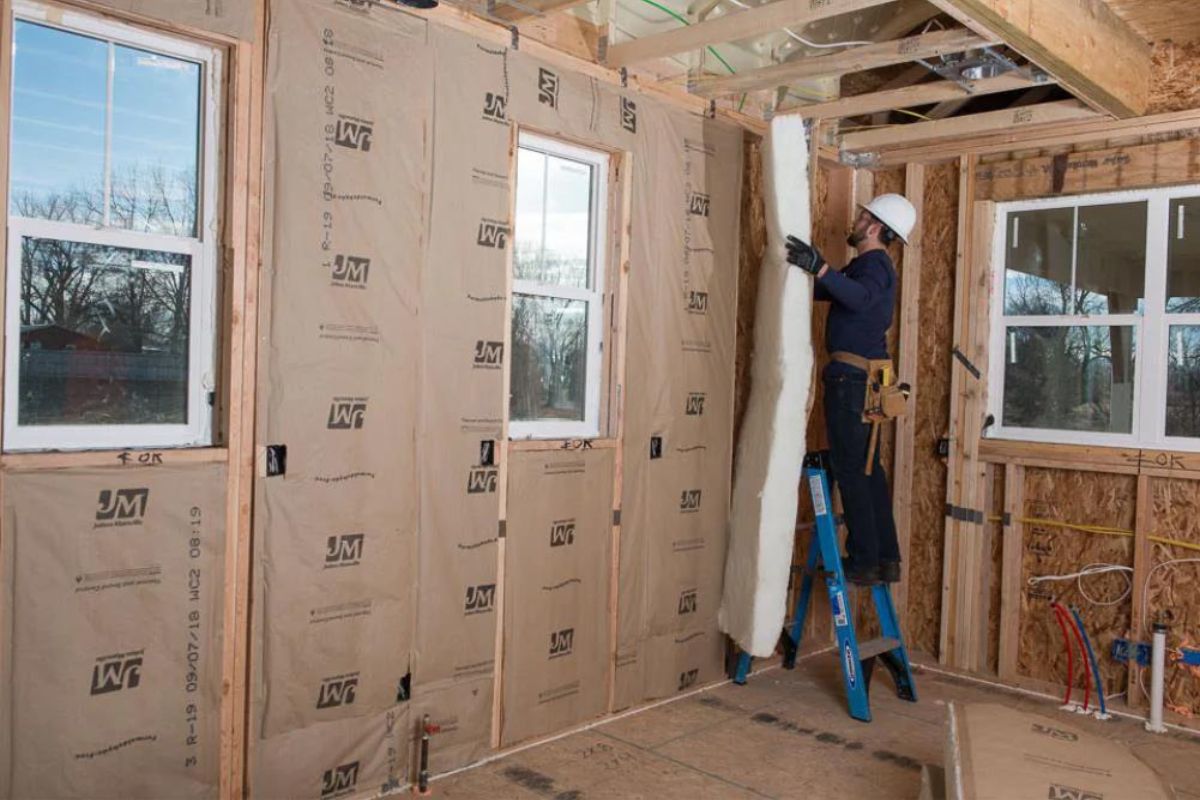
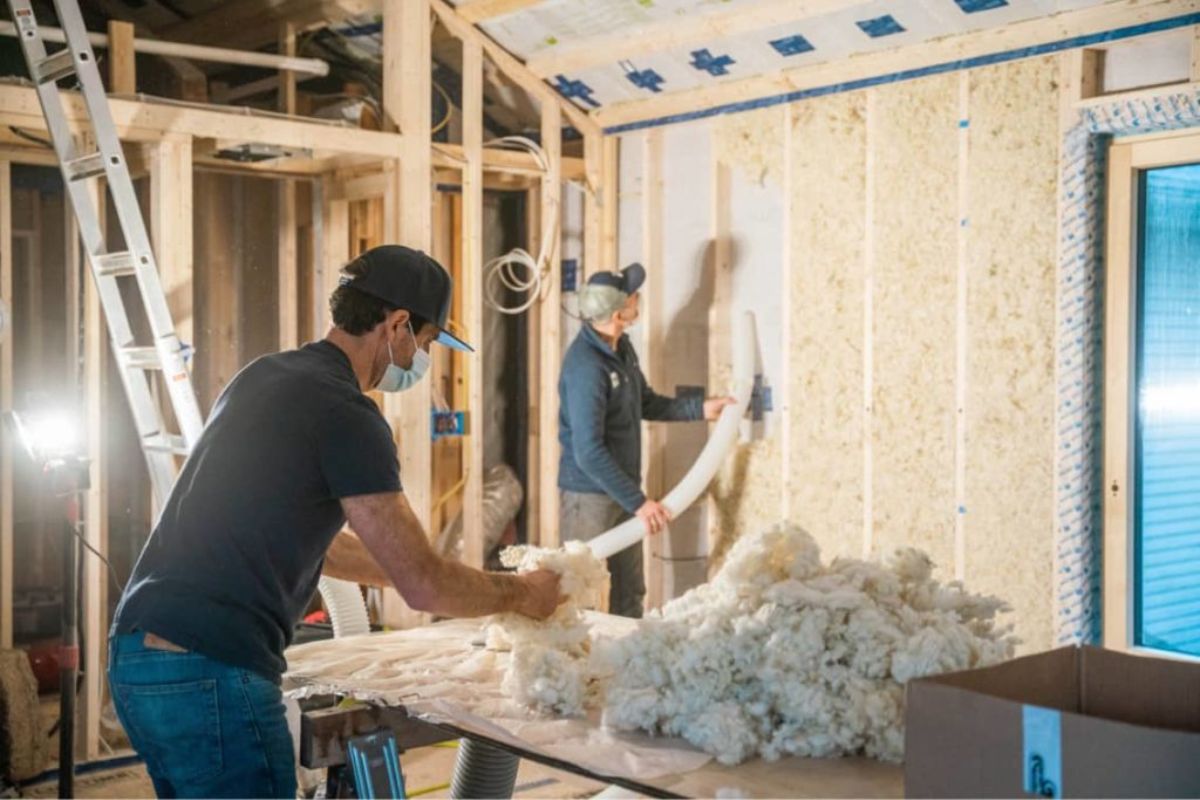
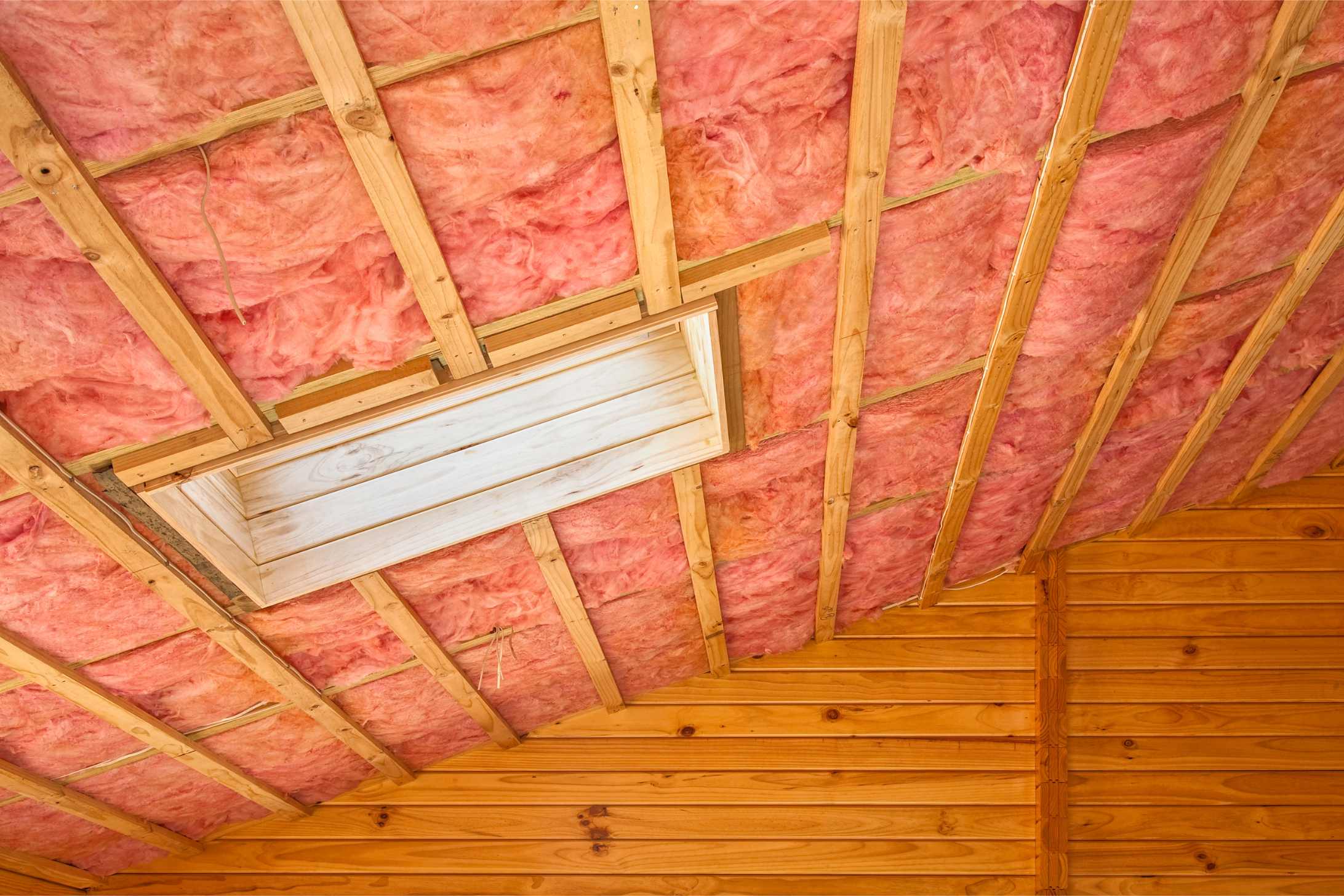
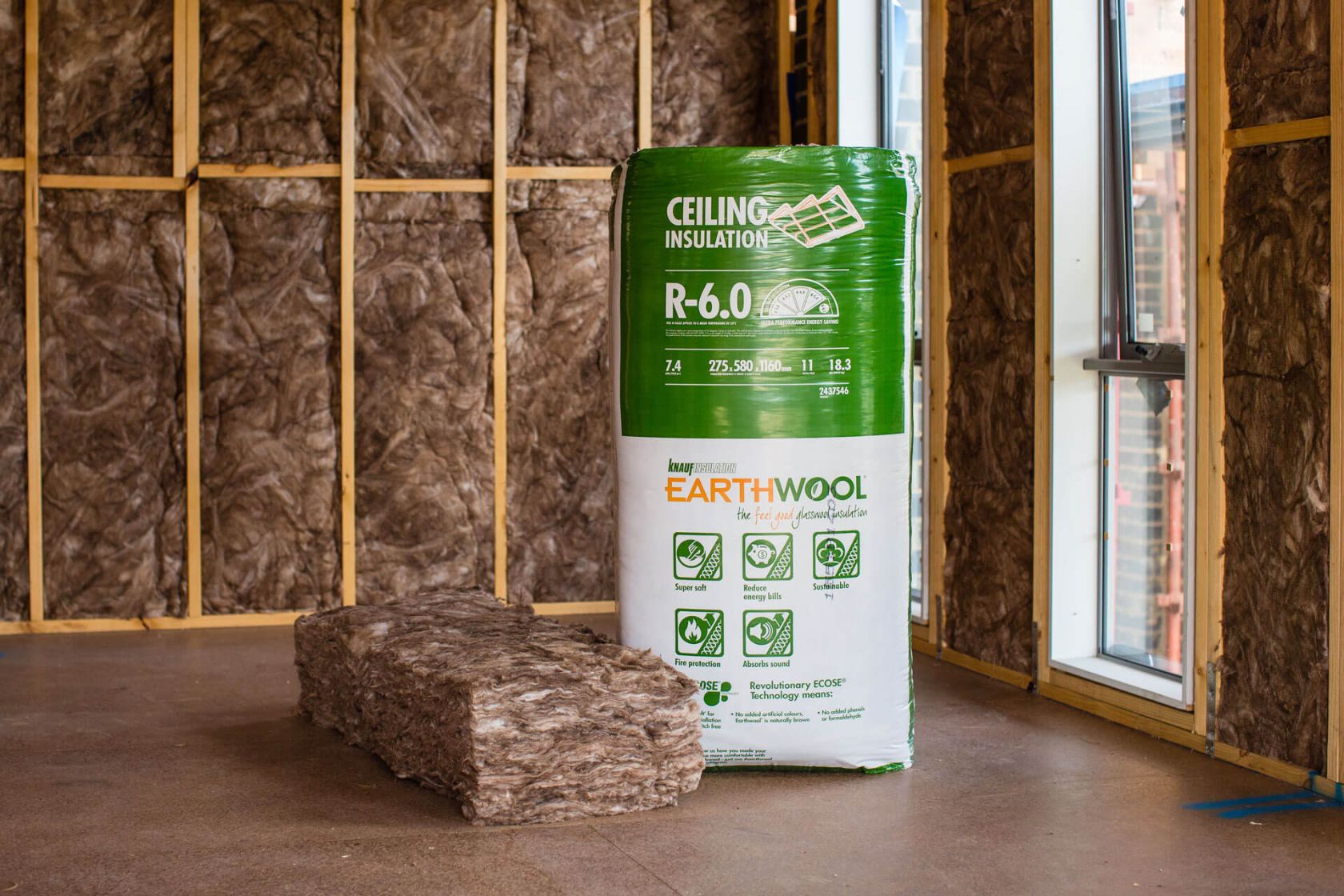
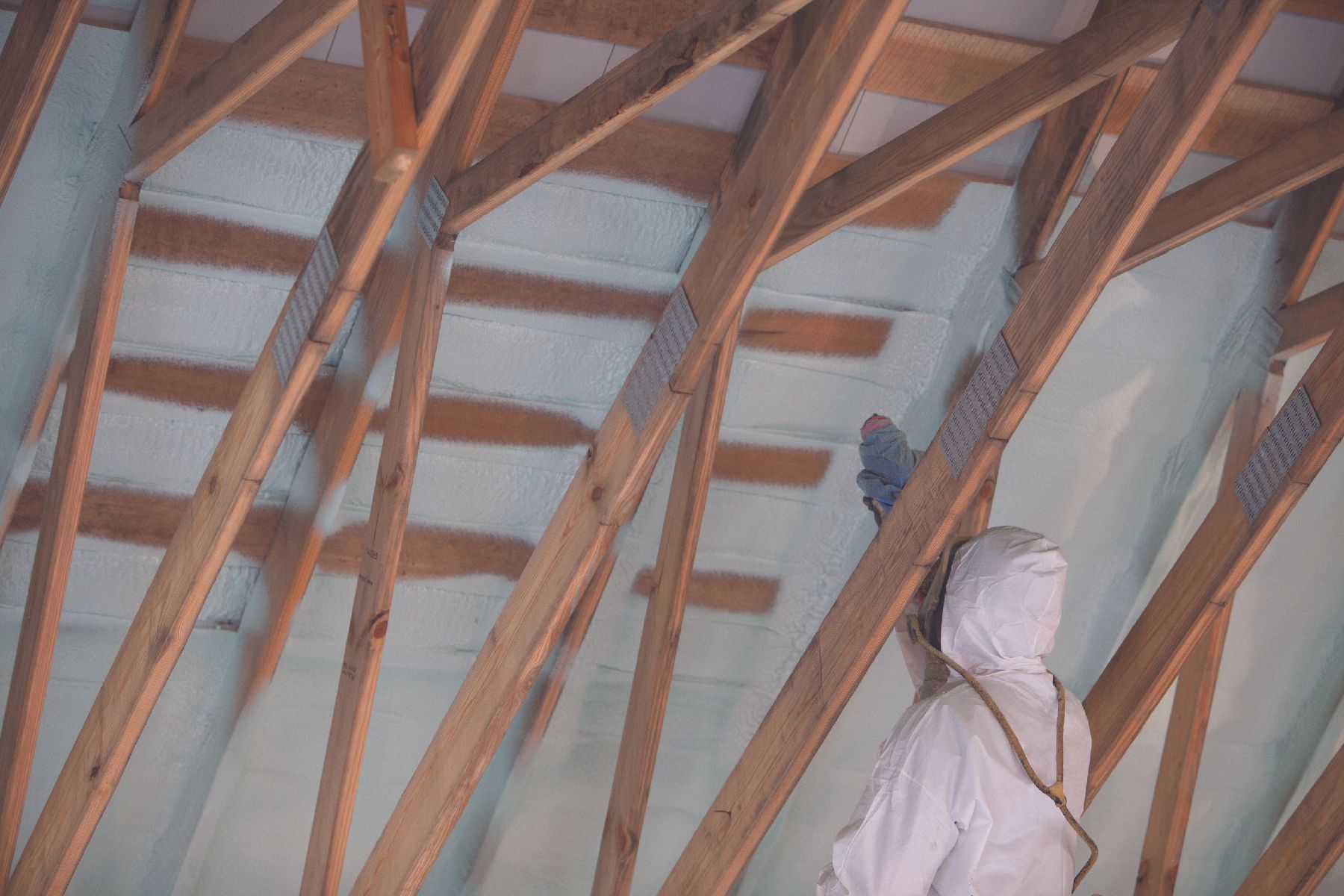
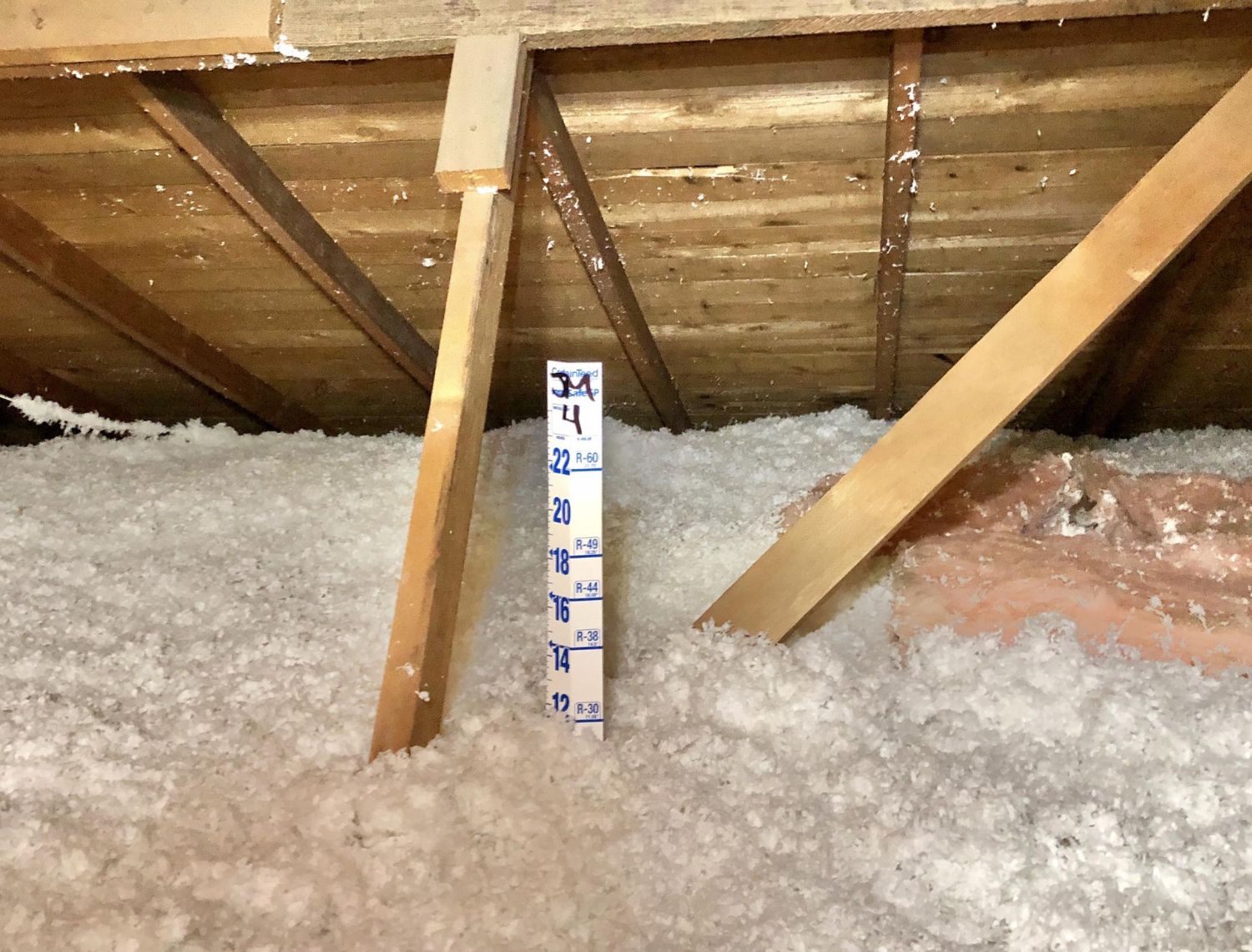
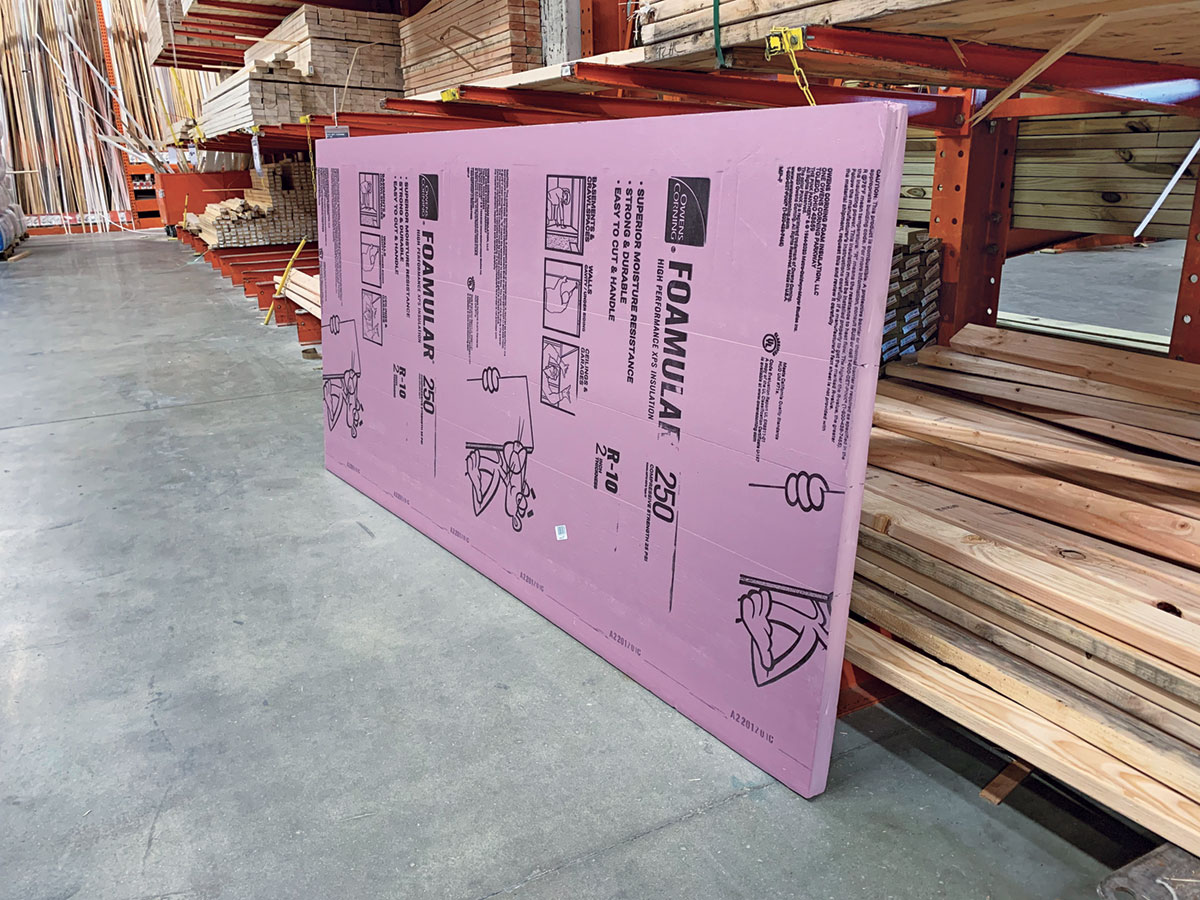
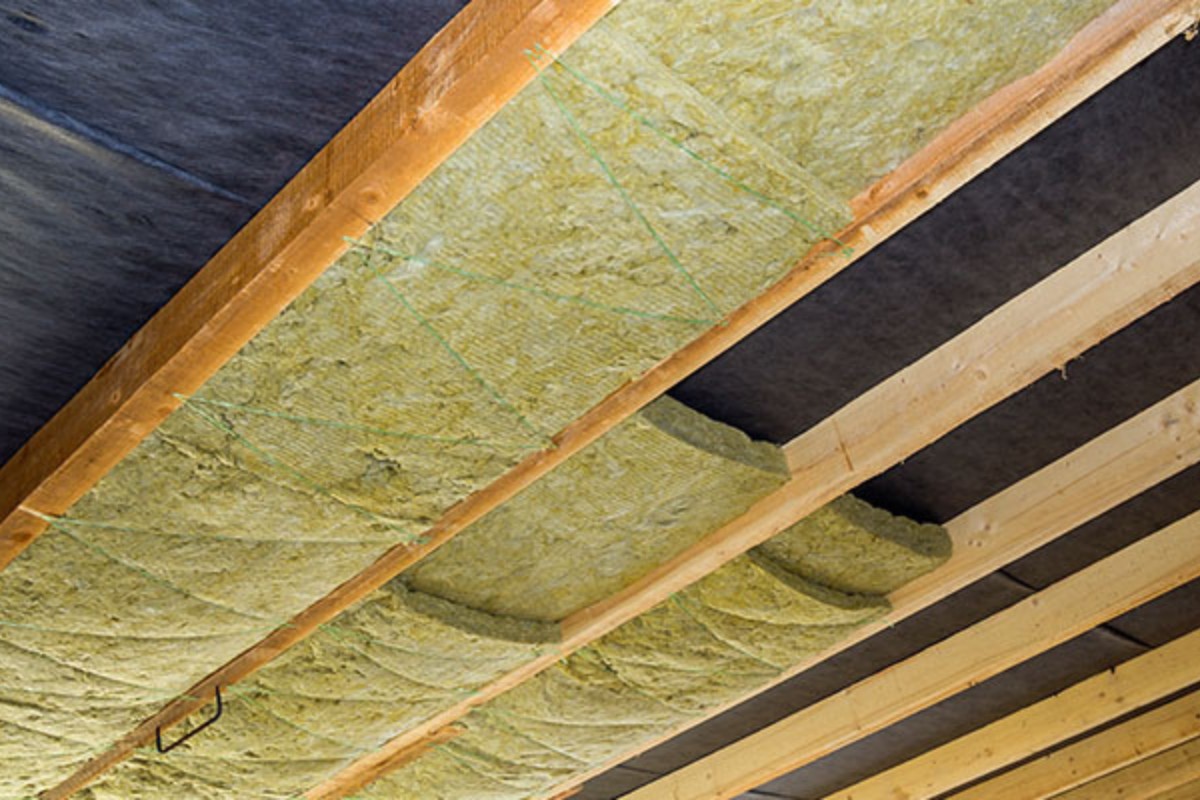
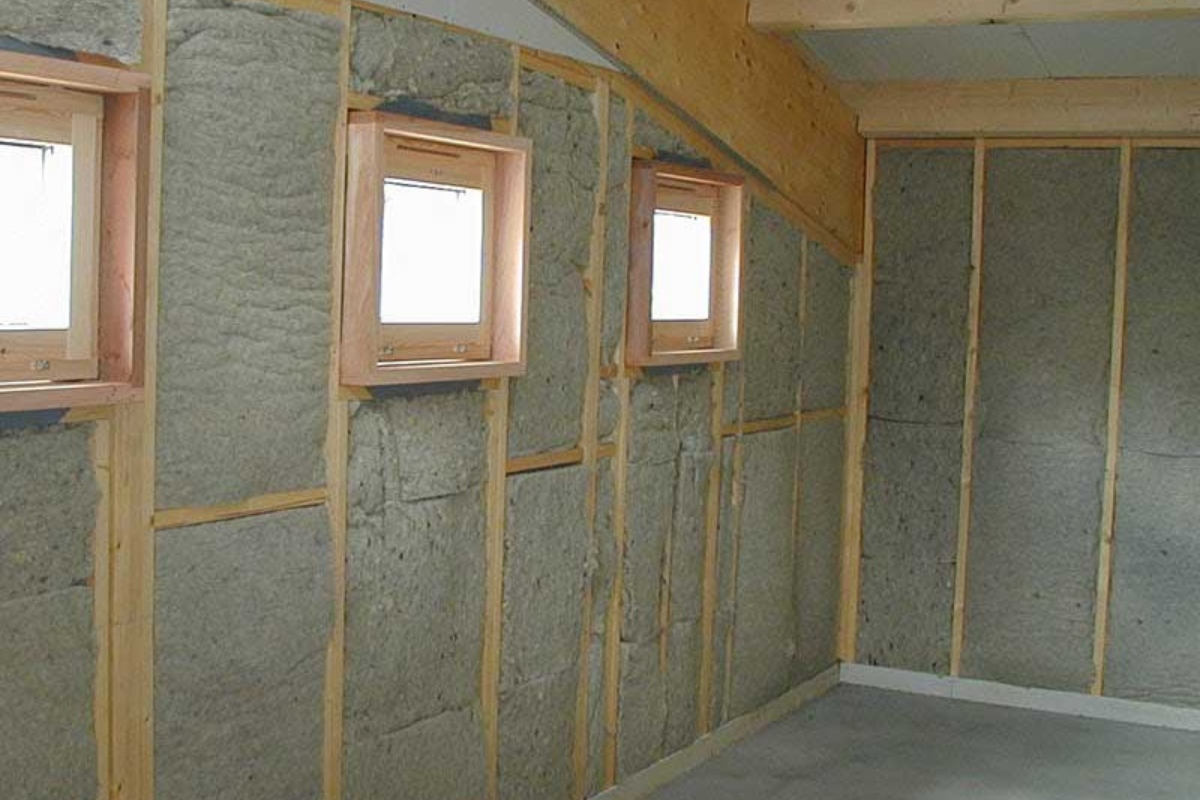
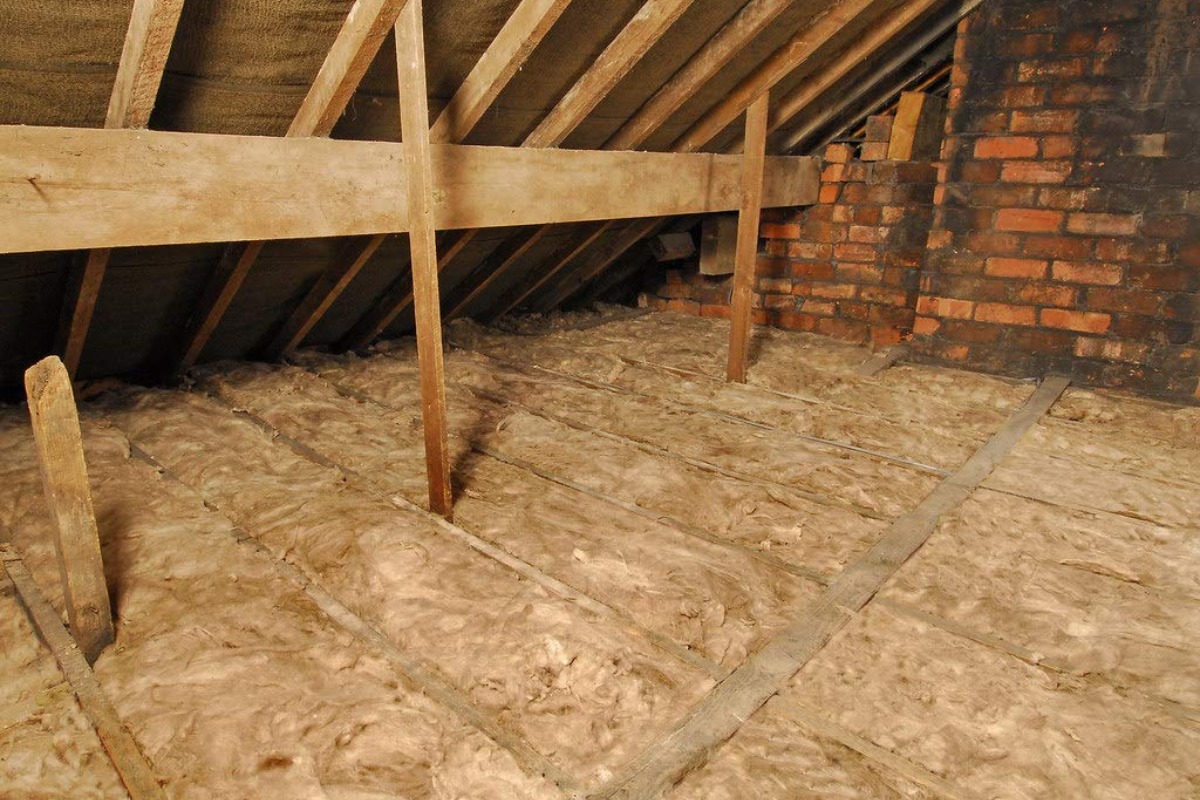
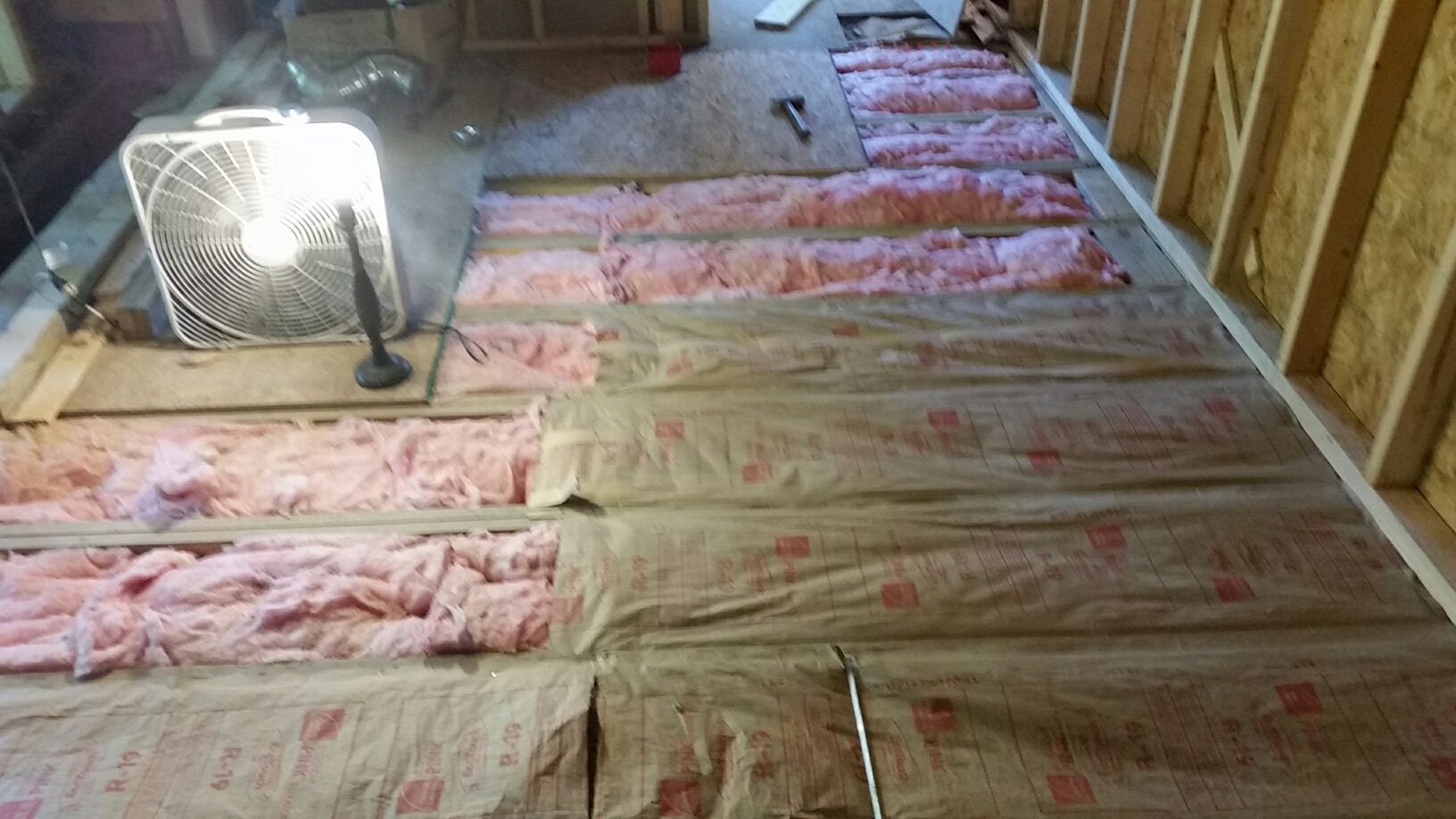
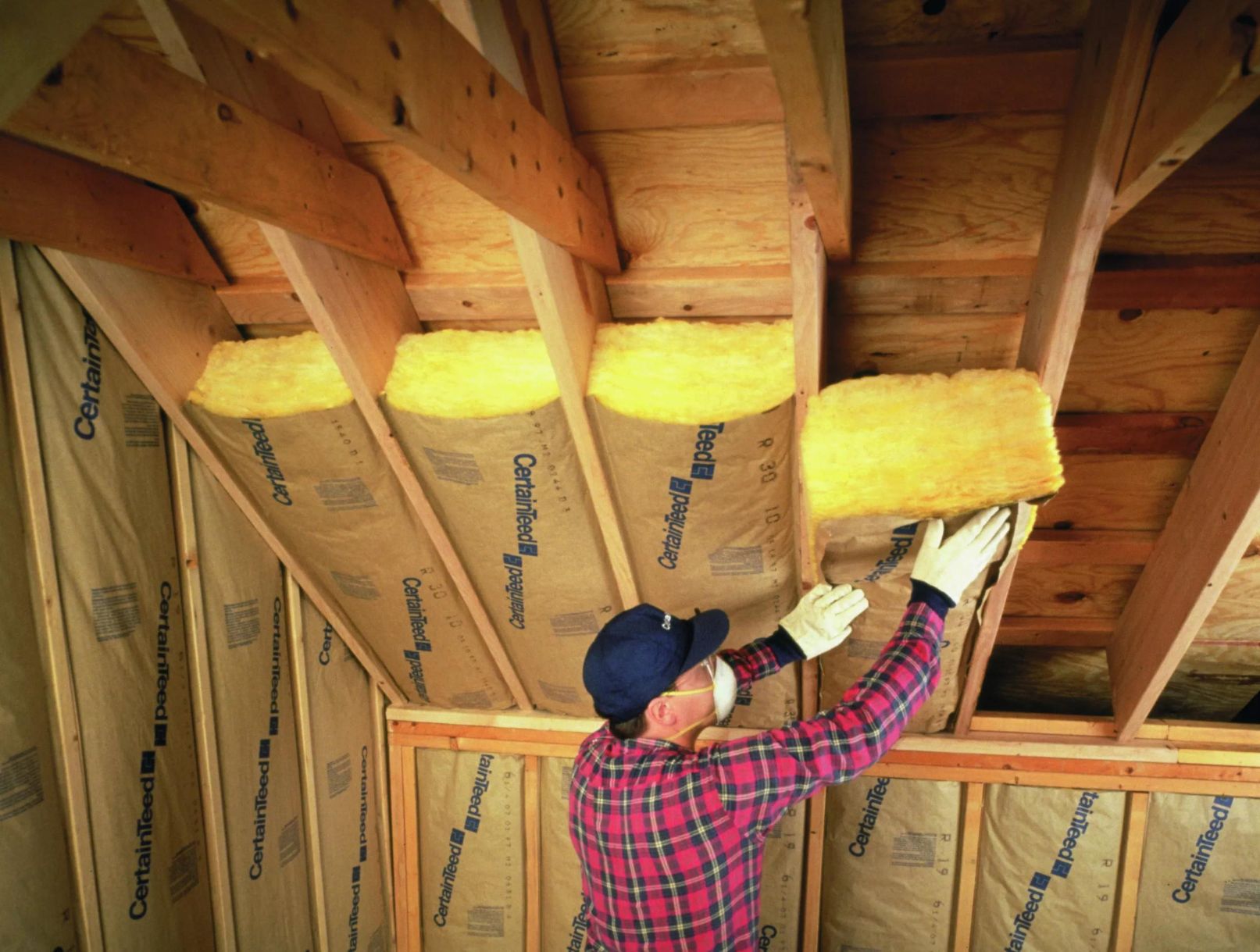
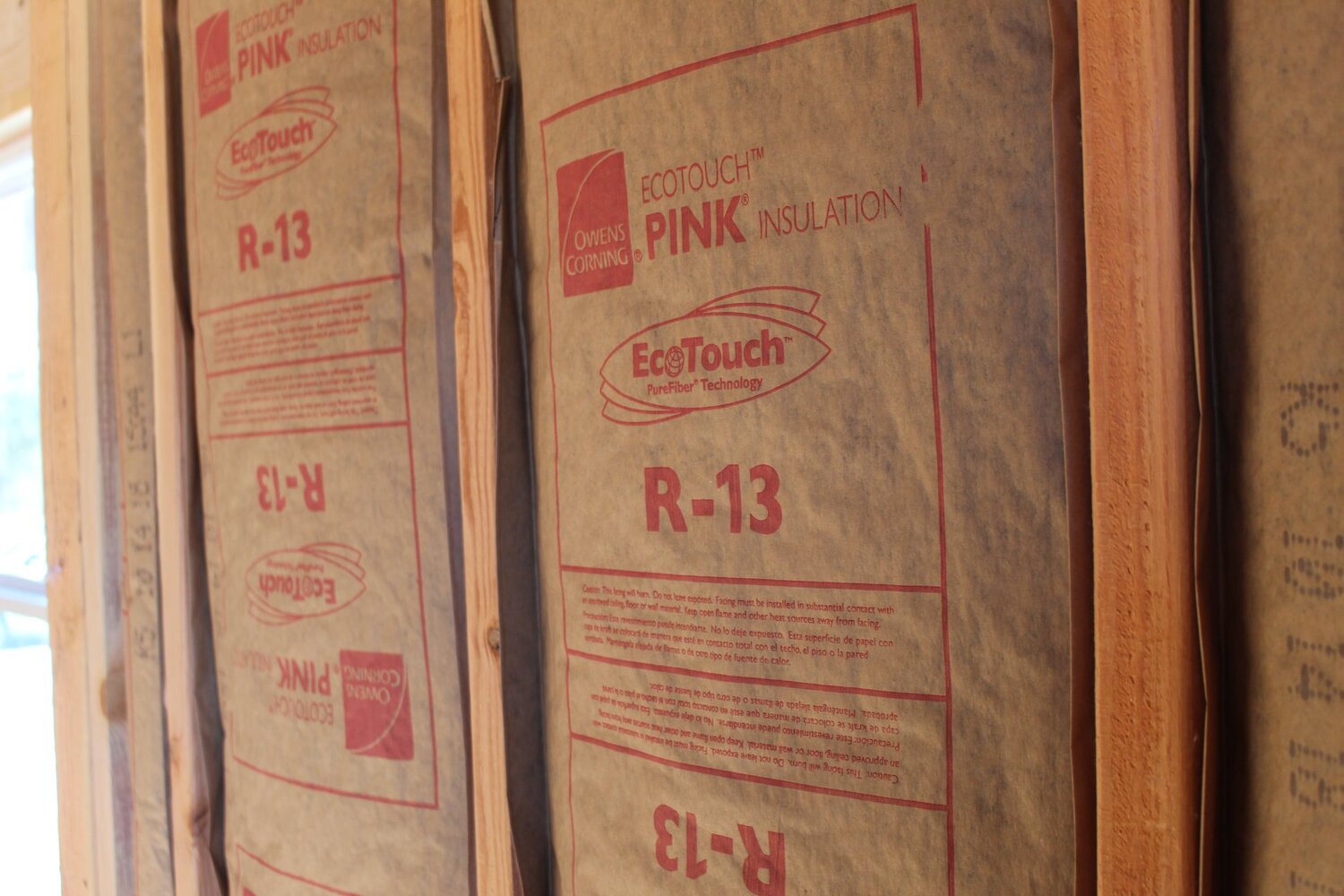


0 thoughts on “How Thick Is R-21 Insulation”